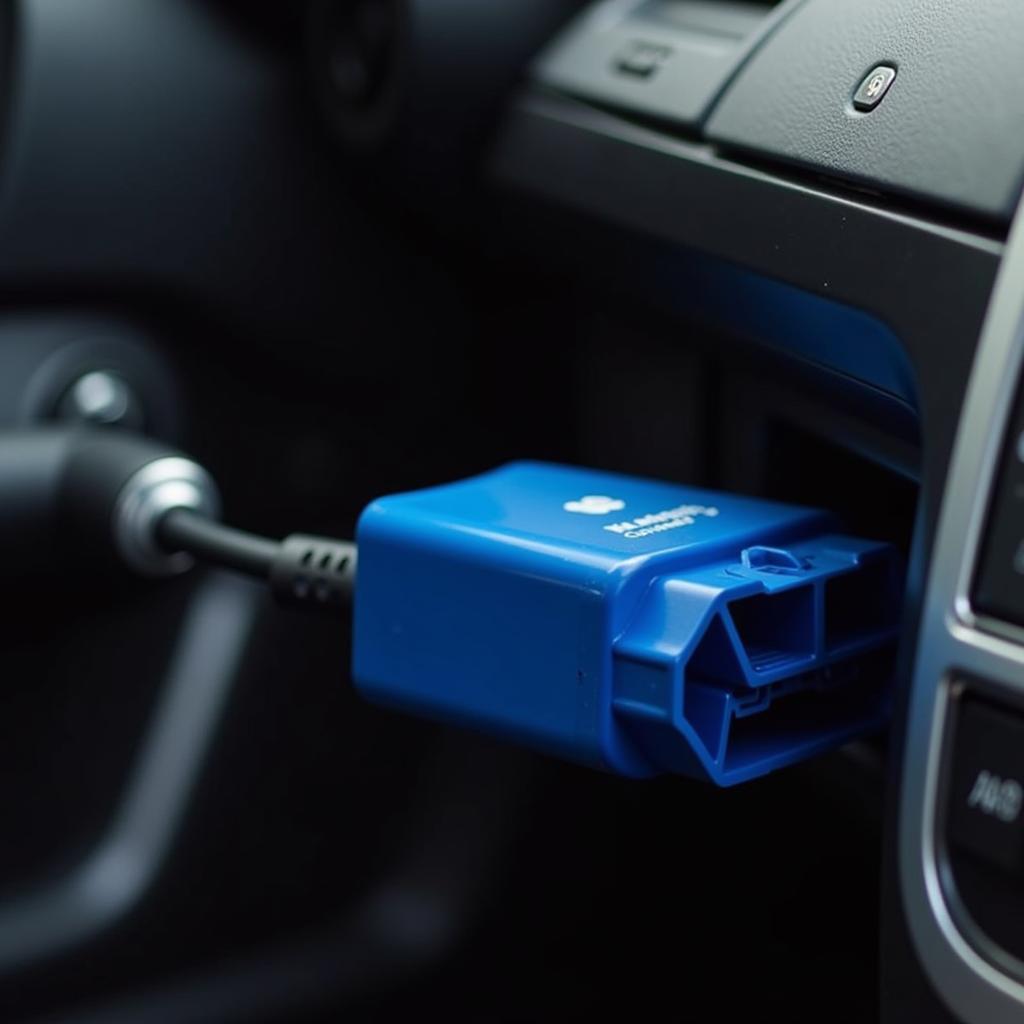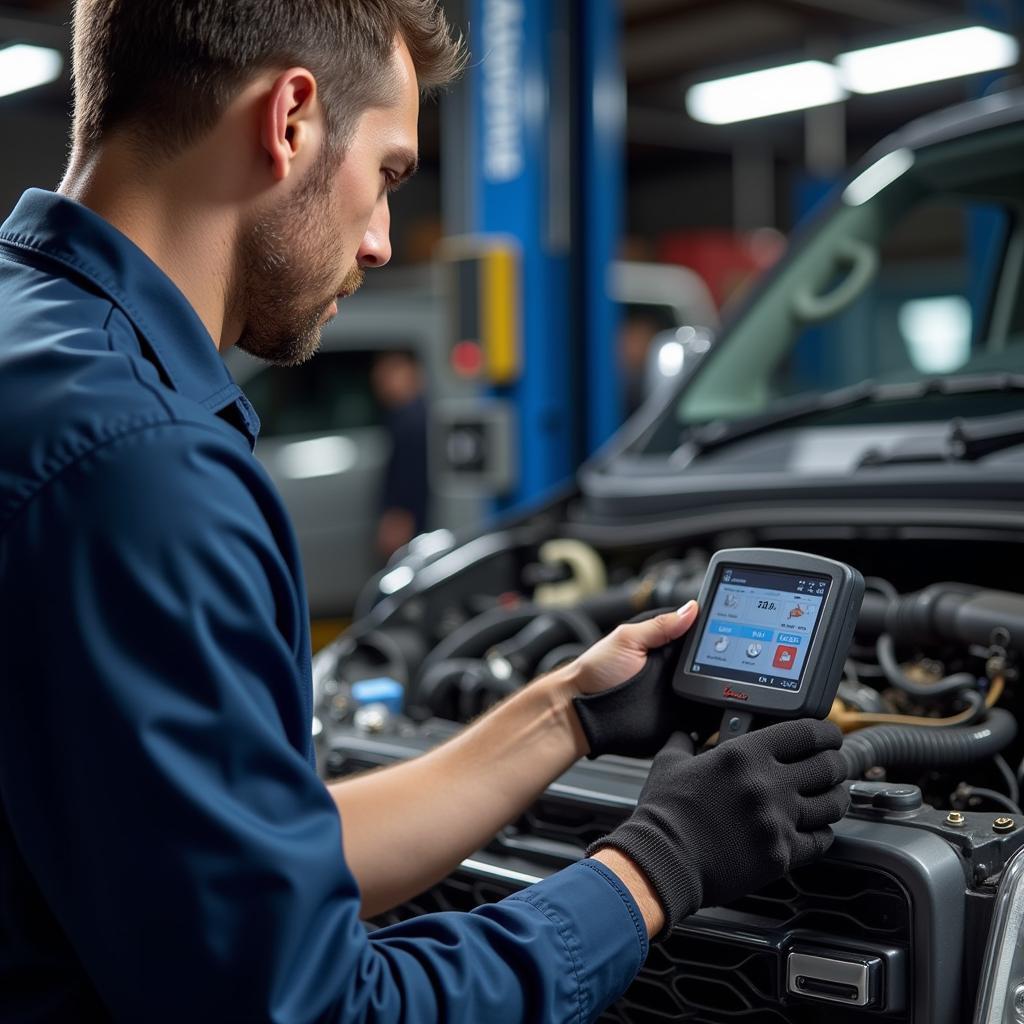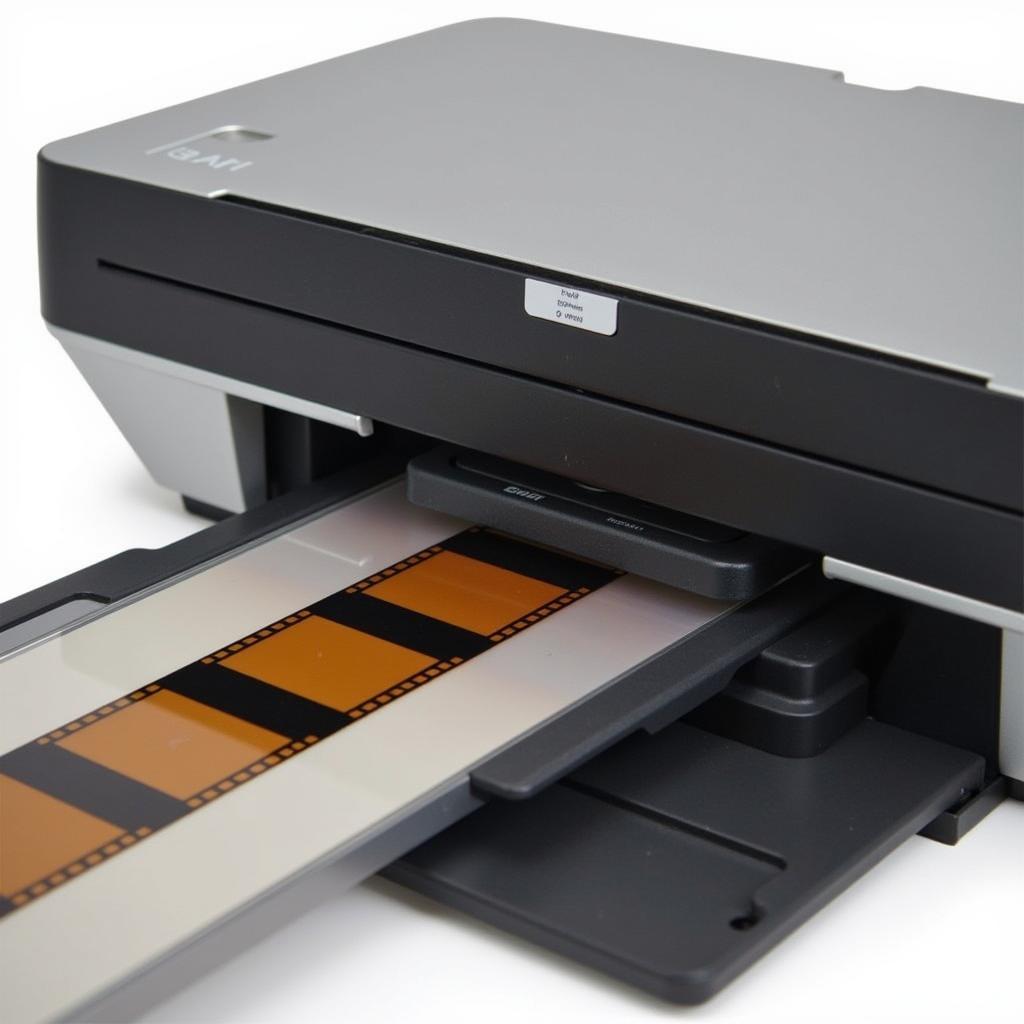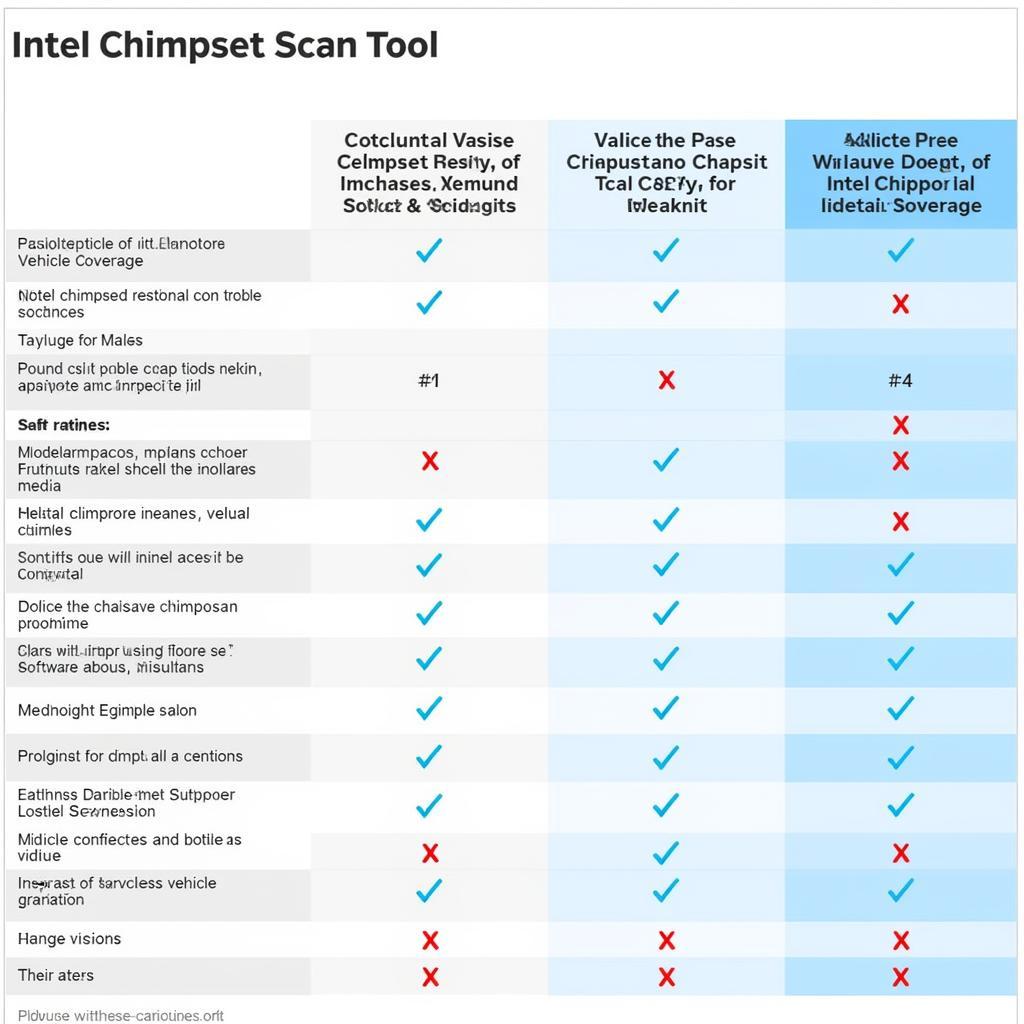In today’s digital age, even our cars are becoming smarter. Gone are the days when a mechanic’s intuition was the only way to diagnose a “check engine” light. Now, with the Simplest Car Scanner, you can unlock your car’s onboard computer and understand those cryptic warning lights yourself.
 Bluetooth Car Scanner
Bluetooth Car Scanner
Why You Need a Simple Car Scanner
Think of a car scanner as a translator between you and your car. It reads the Diagnostic Trouble Codes (DTCs) stored in your car’s Engine Control Unit (ECU). These codes are like your car’s way of saying, “Hey, something’s not right!”
But, unlike a mechanic who might charge a hefty fee just to read these codes, a simple car scanner empowers you to:
- Diagnose Basic Issues: Identify common problems like oxygen sensor failures, loose gas caps, or faulty spark plugs.
- Reset Check Engine Light: After addressing a problem, easily reset the warning light.
- Monitor Engine Performance: Track real-time data like RPM, coolant temperature, and fuel pressure.
- Save Money: Avoid unnecessary trips to the mechanic for minor issues.
- Gain Peace of Mind: Enjoy the confidence of understanding your car’s health.
Choosing the Right Simplest Car Scanner
Not all car scanners are created equal. The market is flooded with options, from basic code readers to professional-grade tools. When searching for the simplest car scanner, consider these factors:
1. Connection Type: Wired vs. Wireless
- Wired Scanners: Typically more affordable and offer a reliable, direct connection. However, the cable length might limit your movement.
- Wireless Scanners (Bluetooth/WiFi): Provide freedom of movement and often come with mobile apps for a user-friendly interface. They might be pricier than wired options.
2. Vehicle Compatibility: OBD-II & Beyond
- OBD-II Compliance: Ensure the scanner is compatible with your car’s On-Board Diagnostics II (OBD-II) port, mandatory in most cars manufactured after 1996.
- Make/Model Specific Features: Some scanners offer advanced functions for specific car brands.
3. Functionality: Code Reading & Beyond
- Basic Code Reader: Reads and clears DTCs – a great starting point for most car owners.
- Live Data Streaming: Provides real-time engine data for performance monitoring.
- Additional Features: Some scanners offer ABS, airbag, and transmission diagnostics.
Getting Started with Your Simplest Car Scanner
Using a simple car scanner is generally straightforward:
- Locate the OBD-II Port: Usually found under the driver’s side dashboard.
- Connect the Scanner: Plug in the scanner and turn on the ignition (don’t start the engine).
- Read Codes: Follow the scanner’s instructions to read stored DTCs.
- Research Codes: Use online resources or the scanner’s manual to understand the meaning of each code.
- Address the Issue: If comfortable, attempt DIY repairs or consult a mechanic for guidance.
- Clear Codes: Once the issue is resolved, use the scanner to clear the codes and check engine light.
 Professional Mechanic Using Scanner
Professional Mechanic Using Scanner
Expert Insight: “Even with the simplest car scanner, it’s crucial to remember that codes don’t always tell the whole story,” says John Davis, Senior Automotive Engineer at ScanToolUS. “Sometimes, further diagnosis and a mechanic’s expertise are needed, especially for complex issues.”
Common Questions About Simple Car Scanners:
1. Can I use a simple car scanner on any car?
Most simple car scanners work on vehicles with an OBD-II port (post-1996). However, always check the scanner’s compatibility with your specific car make and model. You can find great options for Indian car scanner tools here.
2. What if the scanner doesn’t connect to my 1998 Jeep Cherokee?
Connectivity issues can arise due to various reasons, ranging from faulty OBD-II ports to incompatible software. You can find a helpful guide to troubleshoot why your 98 Jeep Cherokee scanner won’t connect to car here.
3. Are simple car scanners difficult to use?
Not at all! Most simple car scanners come with user-friendly interfaces and straightforward instructions. Many even connect to mobile apps for an intuitive experience. If you’re interested in an easy-to-use Bluetooth option, check out the Carly auto scanner.
4. Can I trust a simple car scanner for accurate information?
Simple car scanners are generally reliable for basic diagnostics. However, for complex issues or if you’re unsure, it’s best to consult a qualified mechanic.
5. What if my scan tool is not communicating with the ECU?
This is a common problem that can occur due to various factors, like wiring problems or a faulty ECU. We recommend checking out this comprehensive guide on scan tool not communicating with ecu to troubleshoot the issue.
6. Is a Bluedriver Bluetooth scan tool a good option?
Bluedriver bluetooth scan tools are popular for their ease of use and compatibility with mobile apps. However, always research the specific model and its features to ensure it suits your needs.
Empower Yourself with Knowledge
A simple car scanner is an invaluable tool for any car owner. It allows you to take control of your car’s health, understand those dashboard warning lights, and potentially save on costly mechanic bills. By choosing the right scanner and understanding its capabilities, you can embark on the journey of DIY car diagnostics with confidence.
Need assistance choosing the right car scanner for your needs? Contact the experts at ScanToolUS at +1 (641) 206-8880 or visit our office at 1615 S Laramie Ave, Cicero, IL 60804, USA.



